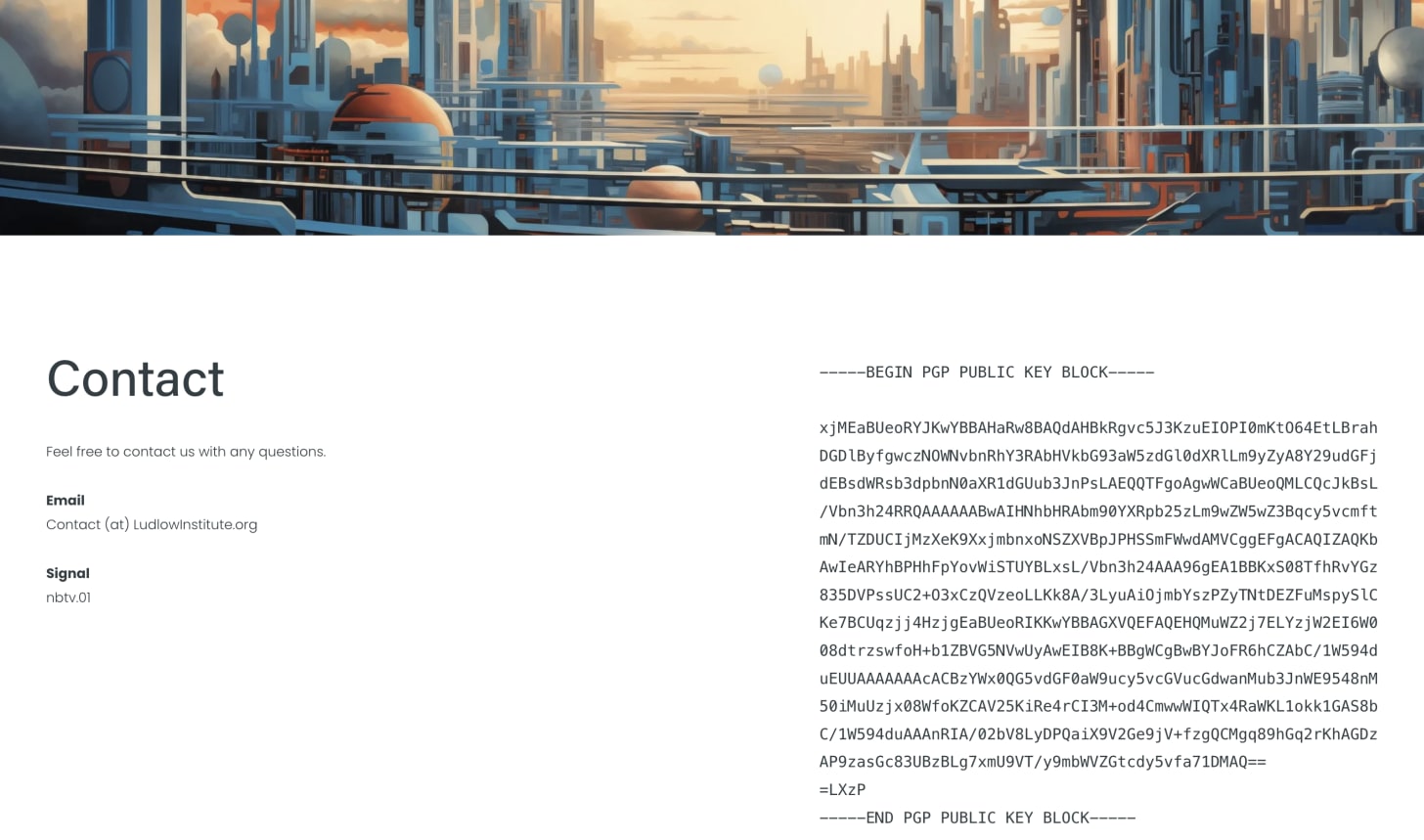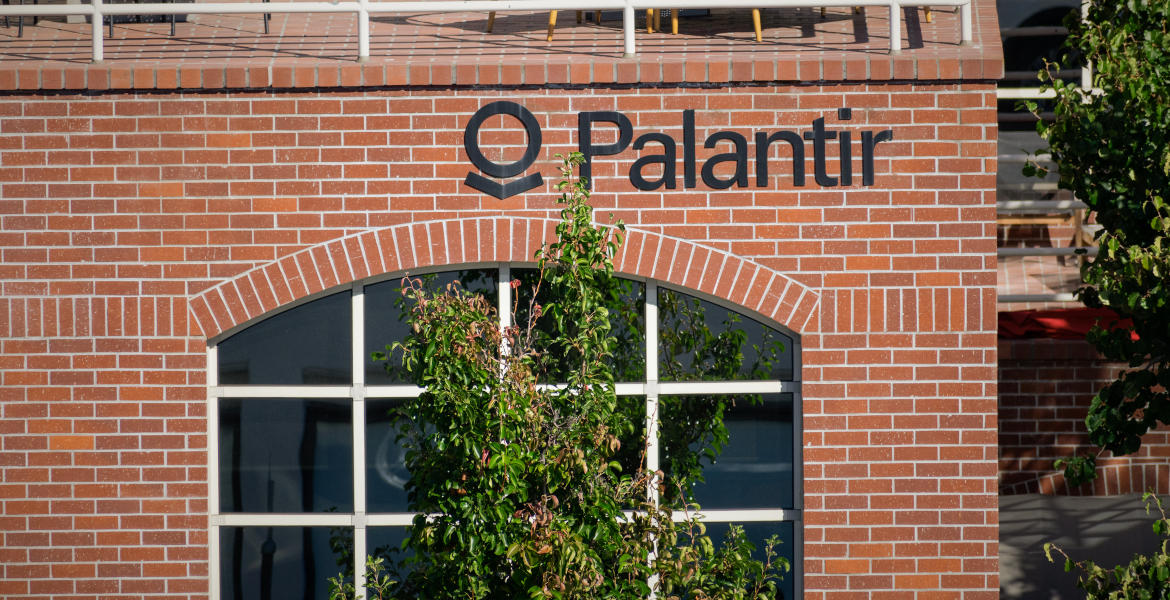This week I watched a compilation of video clips that looked absolutely real. Police officers, bank managers, disaster relief workers, product endorsements… but every single one was generated by AI. None of the people, voices, or backdrops ever existed.
It’s fascinating… and chilling. Because the potential for misuse is growing fast, and most people aren’t ready.
This same technology already works in real time. Someone can join a Zoom call, flip a switch, and suddenly look and sound like your boss, your spouse, or your favorite celebrity. That opens the door to a new generation of scams, and people everywhere are falling for them.
The old scripts, supercharged by AI
"Ma’am, I’m seeing multiple threats on your computer. I need remote access right now to secure your files".
Tech-support scams used to rely on a shaky phone line and a thick accent. Now an AI voice clone mimics a calm AppleCare rep, shares a fake malware alert, and convinces you to install remote-control software. One click later, they’re digging through your files and draining your bank account.
"We’ve detected suspicious activity on your account. Please verify your login".
Phishing emails are old news. But now people are getting FaceTime calls that look like their bank manager. The cloned face reads off the last four digits of your card, then asks you to confirm the rest. That’s all they need.
"Miracle hearing aids are only $14.99 today. Click to order".
Fake doctors in lab coats (generated by AI) are popping up in ads, selling junk gadgets. The product either never arrives, or the site skims your card info.
“We just need your Medicare number to update your benefits for this year.”
Seniors are being targeted with robocalls that splice in their grandchild’s real voice. Once the scammer gets your Medicare ID, they start billing for fake procedures that mess up your records.
"Congratulations, you’ve won $1,000,000! Just pay the small claiming fee today".
Add a fake newscaster to an old lottery scam, and suddenly it feels real. Victims rush to “claim their prize” and wire the fee… straight to a fraudster.
"We’re raising funds for a sick parishioner—can you grab some Apple gift cards?"
Community members are seeing AI-generated videos of their own pastor asking for help. Once the card numbers are sent, they’re gone.
"Can you believe these concert tickets are so cheap?"
AI-generated influencers post about crazy ticket deals. Victims buy, receive a QR code, and show up at the venue, only to find the code has already been used.
"Help our disaster-relief effort."
Hours after a real hurricane or earthquake, fake charity appeals start circulating. The links look urgent and heartfelt, and route donations to crypto wallets that vanish.
Why we fall for it and what to watch out for
High pressure
Every scammer plays the same four notes: fear, urgency, greed, and empathy. They hit you with a problem that feels like an emergency, offer a reward too good to miss, or ask for help in a moment of vulnerability. These scams only work if you rush. That’s their weak spot. If something feels high-pressure, pause. Don’t make decisions in panic. You can always ask someone you trust for advice.
Borrowed credibility
Deepfakes hijack your instincts. When someone looks and sounds like your boss, your parent, or a celebrity, your brain wants to trust them. But just because you recognize the face doesn’t mean it’s real. Don’t assume a familiar voice or face is proof of identity. Synthetic media can be convincing enough to fool even close friends.
Trusted platforms become delivery trucks
We tend to relax when something comes through a trusted source -- like a Zoom call, a blue-check account, or an ad on a mainstream site. But scammers exploit that trust. Just because something shows up on a legitimate platform doesn’t mean it’s safe. The platform's credibility rubs off on the fake.
Deepfakes aren’t just a technology problem, they’re a human one. For most of history, our eyes and ears were reliable lie detectors. Now, that shortcut is broken. And until our instincts catch up, skepticism is your best defense.
How to stay one step ahead
- Slow the game down.
Scammers rely on speed. Hang up, close the tab, take a breath. If it’s real, it’ll still be there in five minutes. - Verify on a second channel.
If your “bank” or “boss” calls, reach out using a number or app you already trust. Don’t rely on the contact info they provide. - Lock down big moves.
Use two-factor authentication, passphrases, or code words for any important accounts or transactions. - Educate your circle.
Most deepfake losses happen because someone else panicked. Talk to your family, especially seniors. Share this newsletter. Report fake ads. Keep each other sharp.
Many of these scams fall apart the moment you stop and think. The goal is always the same: get you to act fast. But you don’t have to play along.
Stay calm. Stay sharp. Stay skeptical.
Yours in privacy,
Naomi








